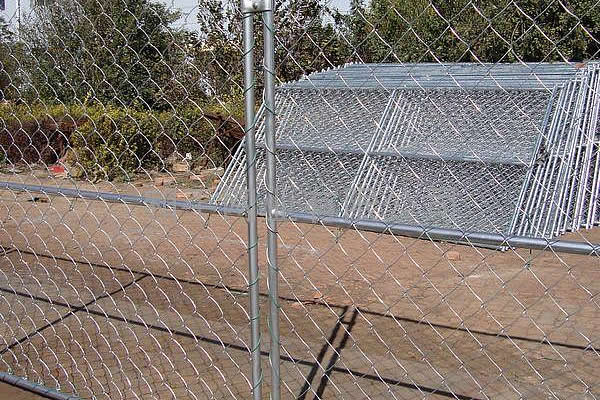 TEL:
+86-13102802206
TEL:
+86-13102802206
 Email:
fencenetting@china.com
Email:
fencenetting@china.com
 Language
Language
 TEL:
+86-13102802206
TEL:
+86-13102802206
 Email:
fencenetting@china.com
Email:
fencenetting@china.com
 Language
Language


Understanding the Costs of 6% Chain Link Fences
When it comes to securing our properties, fences serve as a critical barrier against unwelcome intrusions. Among the various types of fencing options available today, chain link fences are one of the most popular choices for both residential and commercial applications. Specifically, a 6% chain link fence, which typically indicates a gauge related to wire thickness, offers durability and a good balance between affordability and sturdiness. This article delves into the factors affecting the costs associated with a 6% chain link fence, helping consumers make informed decisions.
Material Costs
The primary component of a chain link fence is the galvanized steel wire, which is measured in gauges. The lower the gauge number, the thicker and stronger the wire. A 6-gauge wire is considered robust, making it suitable for areas where security is a top priority, such as commercial properties or homes in high-crime areas. As of 2023, the cost of galvanized steel has seen fluctuations due to market conditions, and this directly impacts the price of chain link fencing. On average, the material cost for a basic 6% chain link fence ranges between $10 to $20 per linear foot, depending on geographical location and supplier rates.
Installation Costs
Labor costs can often exceed the material costs when it comes to fencing. The complexity of the installation, the type of ground, and local labor rates play substantial roles in determining total expenses. For a 6% chain link fence, installation costs typically fall between $5 to $15 per linear foot. Factors such as the need for special tools, the presence of obstacles, and even weather conditions can influence these prices. If the installation process requires extra support like concrete footings or special fittings, these additional materials will further increase the overall cost.
Additional Accessories

Beyond the basic materials, there are various accessories and enhancements that can affect the coss of a 6% chain link fence. For instance, adding gates increases the overall expenditure. A single walk-through gate can cost anywhere from $100 to $300, while larger access gates may run from $300 to $800 or more depending on size and material. Furthermore, options like privacy slats, which can be inserted into the chain link to enhance security and privacy, can also add to the aesthetic appeal and functional benefits of the fence, averaging an additional $1 to $3 per foot.
Maintenance Costs
While chain link fences are generally durable and require minimal maintenance, there are still periodic upkeep tasks that should not be overlooked. Regular inspections for rust and wear, especially in coastal areas or regions with high humidity, can prolong the life of your fence. Application of rust-resistant coatings or paints and undertaking repairs can incur extra costs. Homeowners should budget for these potential expenses to ensure their 6% chain link fence remains in optimal condition.
Value and Benefits
Despite the costs associated with purchasing and installing a 6% chain link fence, many property owners find it to be a worthwhile investment. Its transparency keeps properties open and airy while still providing a secure boundary. Unlike wood or vinyl, a chain link fence is virtually maintenance-free and provides a long lifespan if properly cared for. Moreover, its affordability makes it an attractive option for those looking to secure their properties without breaking the bank.
Conclusion
In conclusion, while the initial costs of a 6% chain link fence can vary based on materials, labor, and additional features, it offers a perfect blend of security, visibility, and affordability for many property owners. By considering installation, maintenance, and potential enhancements, consumers can plan their budgets effectively and gain the peace of mind that comes with securing their properties. As chain link fencing continues to be a trusted choice across various applications, understanding these costs empowers individuals to make well-informed decisions in their investment.